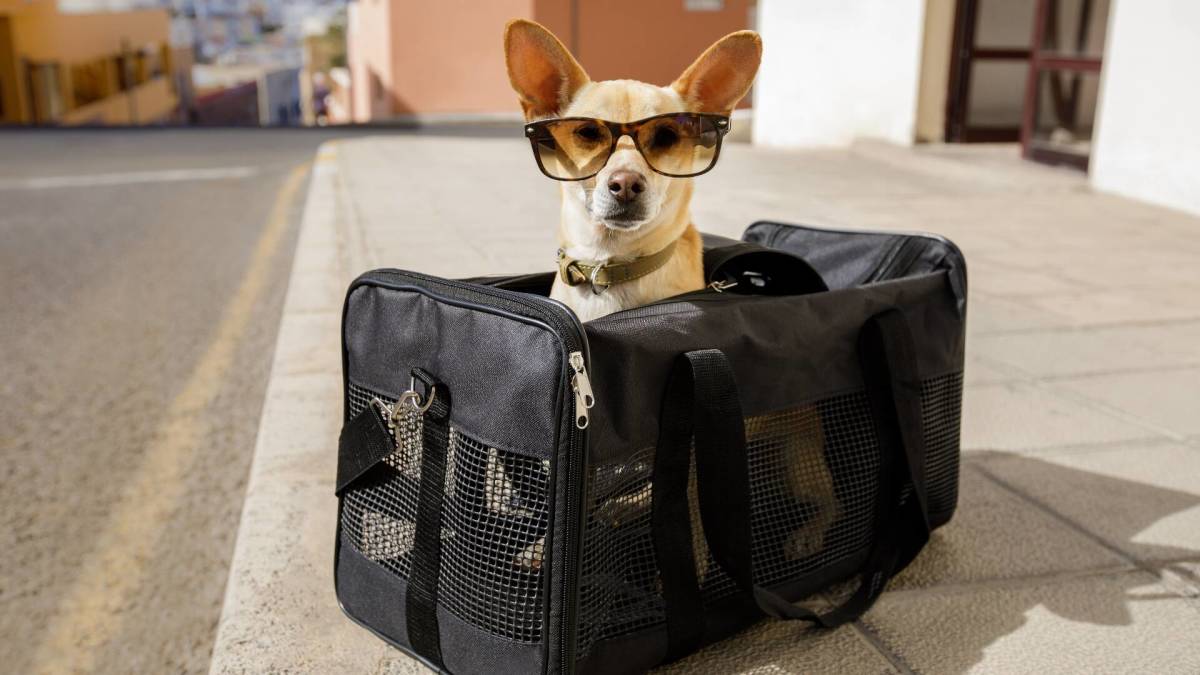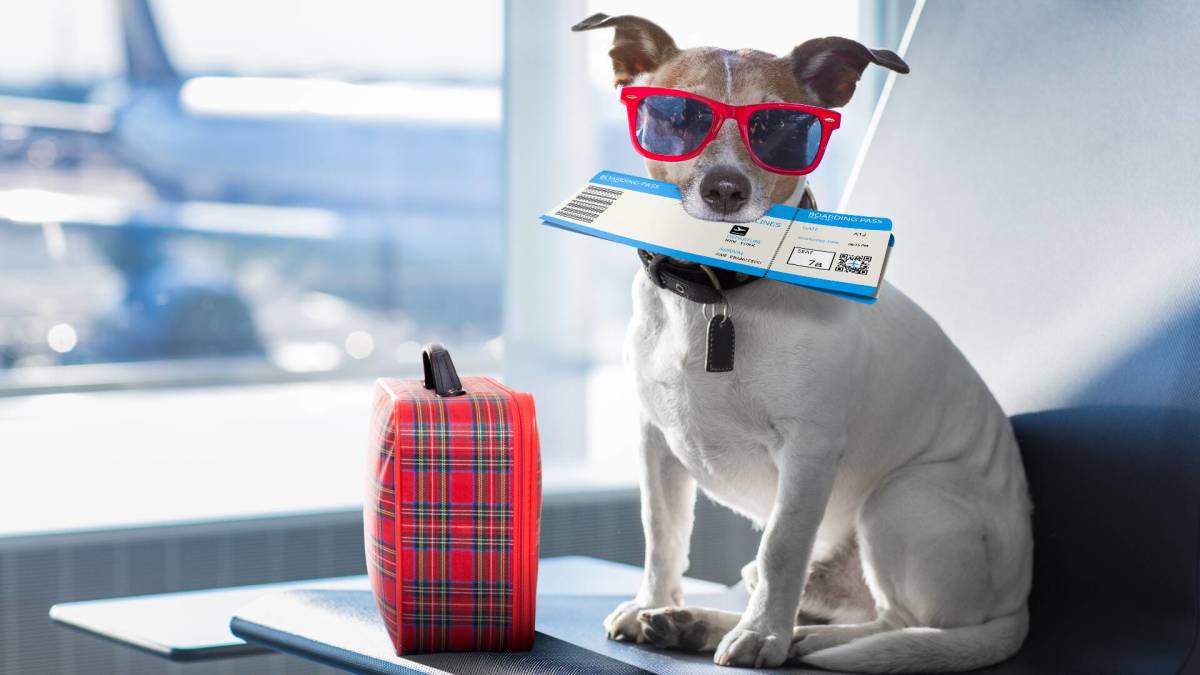
Most have forgotten to remove some coins or keys before going through the scanners at airport security but what about their pets?
The problem is big enough that the Transportation Security Administration (TSA) had to send out a note reminding travelers to "remove the pet from the carrier just prior to the beginning of the screening process."
Related: Airport and Airline Workers Should Be Screened, Ex-TSA Executive Says
While most U.S.-based airlines cracked down on emotional support pets back in 2021, certain types of animals are still allowed to travel with the passenger — trained service dogs as well as smaller pets such as rabbits, guinea pigs, hamsters and certain birds for flights within the U.S. American Airlines (AAL) -), Delta (DAL) -) and United Airlines (UAL) -) all also allow smaller dogs and cats to be brought inside the cabin for a pet carry-on fee as long as they can fit and stay inside a pet carrier of certain proportions.

Shutterstock
'Leaving their pets inside their travel bags and placing their pets through the X-ray...'
The problem, according to the TSA, is that many travelers do not realize that they have to take the pet out when going through security. Putting pets through the X-ray scanner exposes them to levels of radiations not intended for living beings.
"Too many travelers have been leaving their pets inside their travel bags and placing their pets through the X-ray unit," New York's Buffalo-Niagara branch of the TSA said in a news release.
While accidentally forgetting once is not likely to cause the animal harm (don't freak out if you've already done this once!), the right thing to do is to take them out of the carrier and carry them through the metal detector in one's arms as the empty carrier passes through the x-ray scanner with one's bags.
"Alternately, a pet can walk through the screening process if the owner has the pet on a leash," the TSA continued. "After the screening process is complete, owners should return their pet to the travel carrier at the re-composure area away from the security checkpoint. This location helps ensure the safety of the pet as well as other passengers."
Some tips for a smooth travel day with your pets ('this is especially important for cats')
Other tips suggested by the TSA are to "acclimate the pet to the process of traveling" by having it go in and out of the carrier a few times before the flight as well as knowing how one's pet reacts in crowds and having a plan in case the animal gets spooked and tries to get away.
"Know the temperament of your pet and ensure that you can maintain control of it in a busy and potentially crowded airport," the TSA said. "This is especially important for cats, who often get skittish when they are removed from their pet carrier and hear and see the sounds and sights of a checkpoint."
Another tip that many may not have immediately thought of is to keep one's animal at a distance from any "sniffing dogs" working at the airport. Even though they are trained not to react to regular animals crossing through the airport, getting too close could trigger a reaction from one's own pet.
"If you encounter a working canine, please consider shifting to an alternate checkpoint so that there is no interference with a government working dog's tasks," the TSA said.







